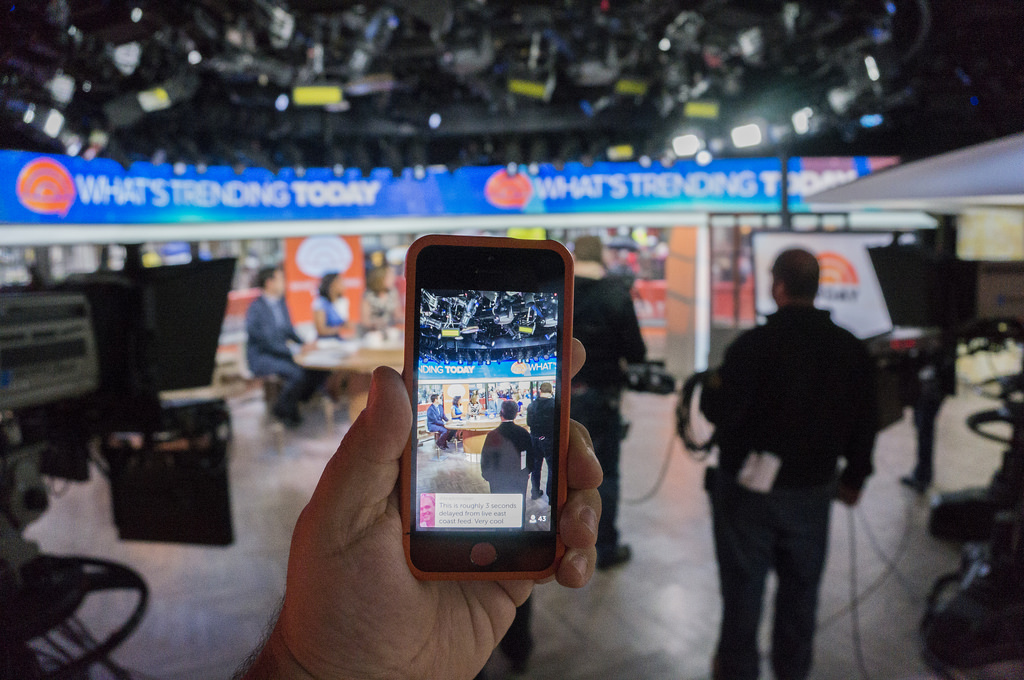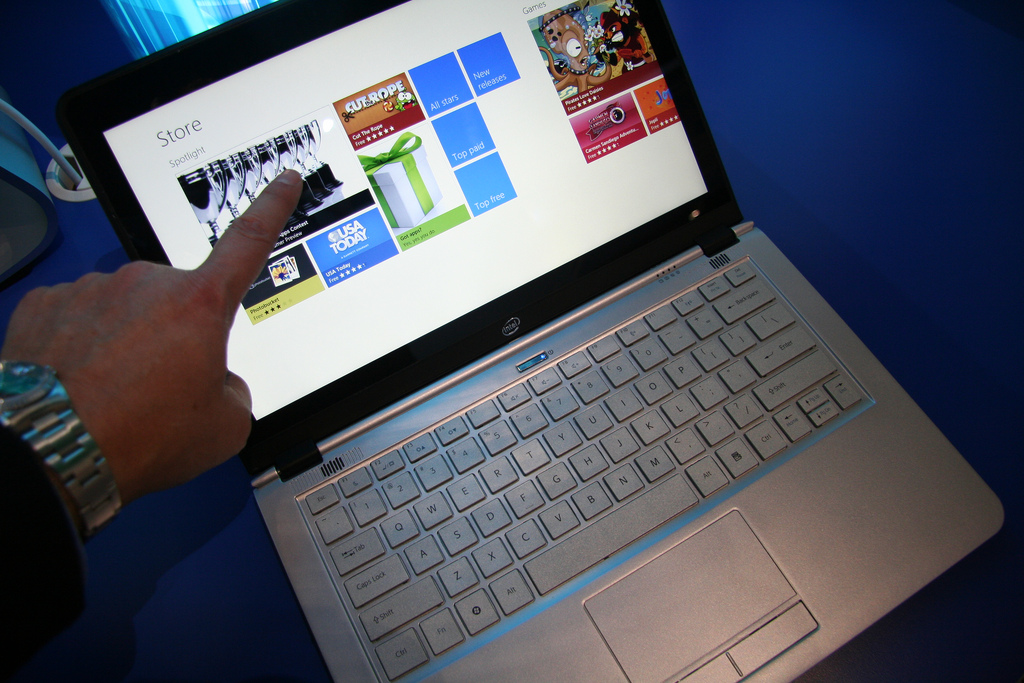Rich media banner is a new generation ad format, effectively promoting the brand and impacting the audience with interactive elements: sound, graphics, full-motion video, etc. This type of media advertising allows to make the advertisement more interesting due to its interactivity. Unlike standard animated images, it requires more complex technology development. At the same time, this format provides greater user involvement.
How to attract the target audience?
Nowadays the Internet is a huge collection of useful (and not) information turned into an environment where people buy and sell goods and services. Advertisers are coming up with more and more of new ways to attract the target audience. The old formats, such as software banners do not provide users with real interactivity: drop-down menus that mimic the operating system, bouncing pictures soon ceased to please the audience. Developers began to look for new ways to improve the effectiveness of advertising and this is how exactly a new ad format, what is called Rich Media, appeared. This blog aims to explain the benefits and meaning of Rich Media ads with regards to the Standard ads.
Rich Media advantages
The key advantages of rich media are:
● The ability to integrate fully interactive video.
● The integration of sound, animation and other interactive elements
● High user engagement – Rich media increases CTR (click through rate), promotes the growth of the target audience by active advertising presentation.
● Versatility – rich media works on the most popular Android and iOS platforms.
● Variation characteristics – different degree of “aggression and obsession”, floating rate, the level of interactivity and animation.
● Effective monetization of applications and promotion of the brand.
Java, Flash and CGI
There are three types of mechanisms for Rich Media – Java, Flash, and CGI. Banners on the basis of Java are in fact applets that require specific browser plug-ins. Applets are sensitive to user actions, such as mouse movement or pressing a keyboard button. However, loading of such applications can take some time. Moreover, through scripts there are a lot of viruses spread on the Internet. Therefore, users tend to try to disable Java in their browsers.
The second form of realization of Rich Media banners is a Flash banner. Modern user has started to actively interacting with the advertising banner, and not just viewing it. Thus, it became possible to change the contents of the banner dynamically by selecting which sounds should be played, changing the html navigation, working with input forms, etc.
The third way of organizing Rich Media banners is CGI. This resource consists of two parts – the usual graphics and interactive forms. The advantage of CGI banners is that they do not ask the user to install additional plug-ins.
The interactive nature of Rich Media ads resulted in a situation, where it gains more attention in comparison with standard ads. According to the research results of Gustav Mellentin (Adform CEO) and Rich Media Gallery, the key findings are the following:
● Rich Media CTR has fallen down this year, however it still outperforms the Standard ads (0.24% and 0.18% respectively)
● Rich Media Interaction Rate is increasing continuously, going from 2.37% in October 2015 to 3.36 in March 2016
● Video completion rate has grown by 6% since December 2015 and has been showing some impressive results: 60,33% (average) and it continues to grow.
Great results
Even though Rich Media may have some distracting nature, the research findings show that it has a significant impact and in comparison with Standard ads, it shows greater results. More visible and engaging, Rich Media improves both brand advertising and consumer interaction. Which is why it is worth paying more for Rich Media Ads, as in return you will be getting at least three times more audience engagement.
Photo credit: Ministerio TIC Colombia via Foter.com / CC BY

